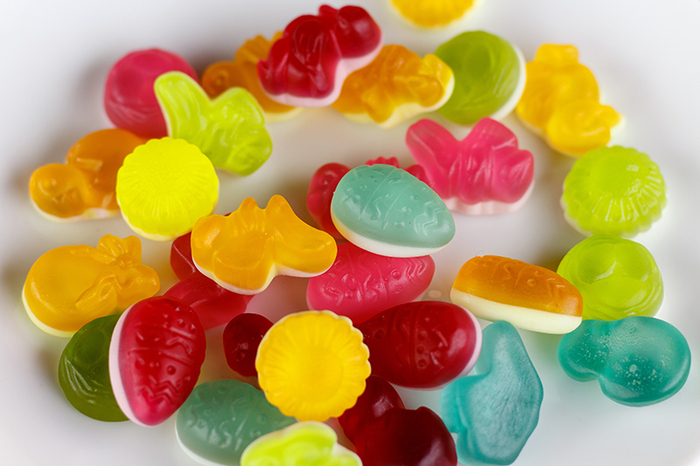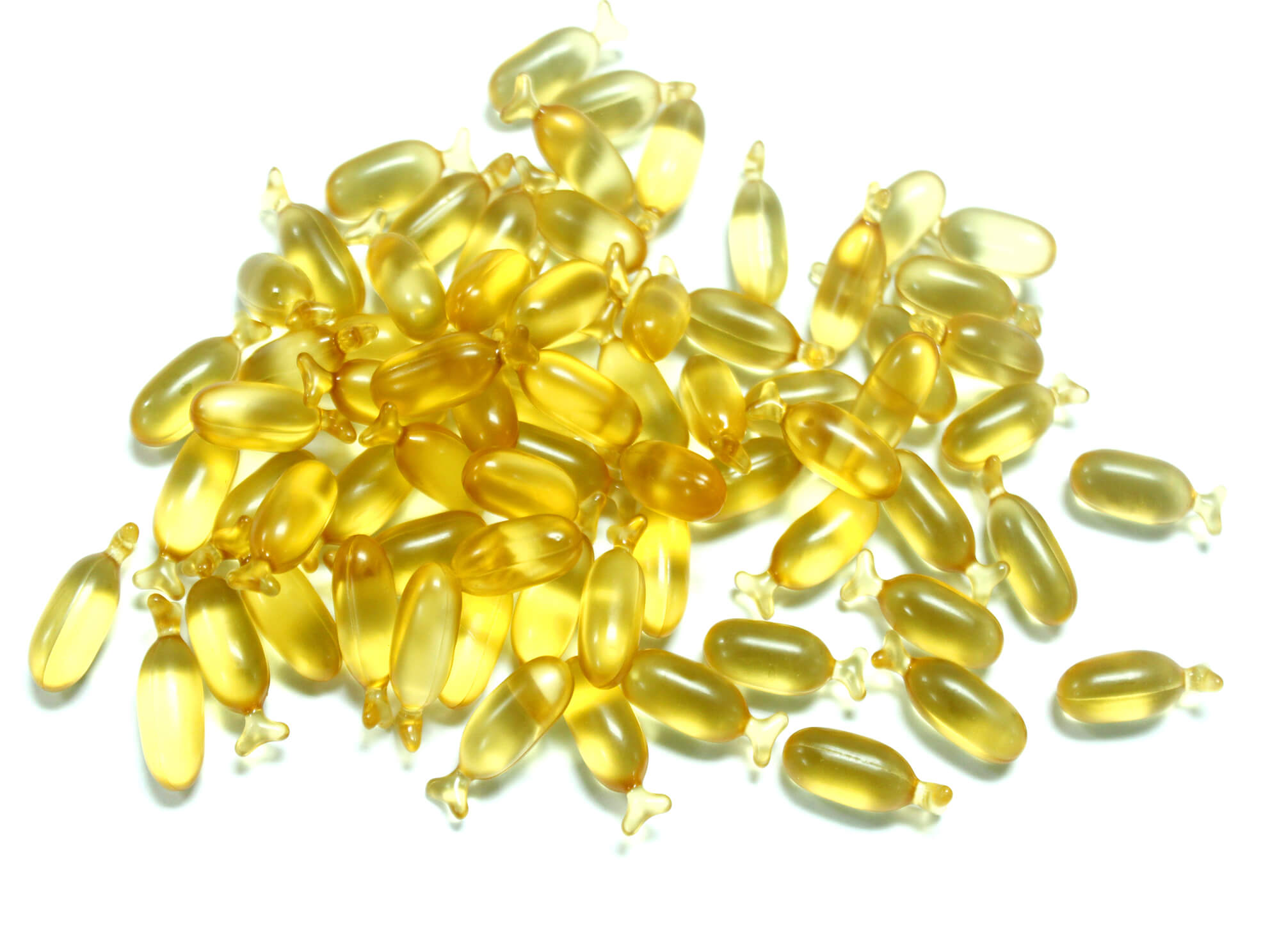Gelatin can be divided into four categories according to its use: photography, food, medicine and industry. As a thickener, edible gelatin is widely used in food industry to add jelly, edible pigment, high-grade soft candy, ice-cream, dry cheese, yoghurt, frozen food, etc. In the chemical industry, it is mainly used as raw materials for bonding, emulsification and production of advanced cosmetics.

The raw materials for the production of edible gelatin are different from industrial gelatin. They need to be processed with fresh, strictly quarantined, animal bones or raw skins of pigs, cattle and other animals without any chemical treatment, and dried and crushed with a fully closed assembly line. The edible gelatin is dry, clean, uniform, and free of inclusions. It passes the standard sieve with a diameter of 4mm, namely 5 meshes. It is processed into 10-120 mesh milk powder. It contains 18 kinds of amino acids and 90% of collagen, rich in health care and beauty effects, and has excellent colloid protection, surface activity, viscosity, film-forming, emulsion suspension, buffering, wettability, stability and water solubility. It is used in frozen meat, canned food, candy, sausage, vermicelli, instant noodles, ice cream and other food industries.

Medical gelatin, like edible gelatin, photographic gelatin and industrial gelatin, is a kind of gelatin product classified according to the use and quality index requirements of gelatin. The appearance is light yellow or yellow particles, dry, clean, uniform, without inclusions, and its solution has no unpleasant smell. The products are mainly used as raw materials for soft and hard capsules, hemostatic sponges and tablet icing. Sometimes, people used to call medical gelatin medical gelatin, or medical gelatin, which is a concept.